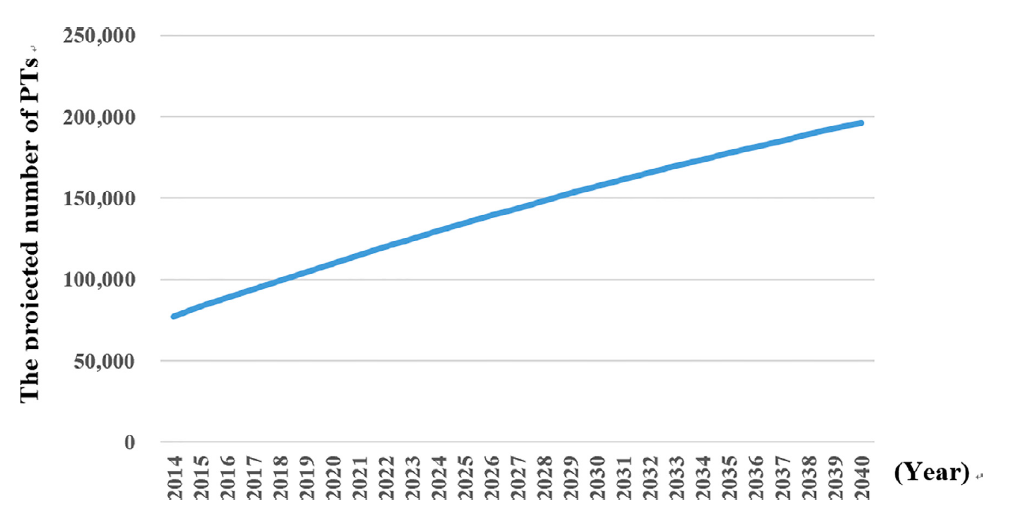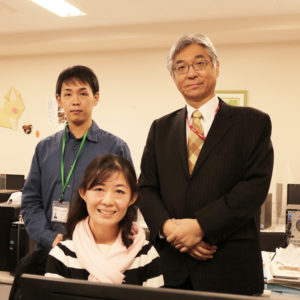Spotlight on Research: Optimizing medical services through health economics
Research Highlight | January 08, 2021
The policy on health service is a crucial topic which requires thorough and constant evaluations for maximum efficiency. The Laboratory of Public Health Informatics, a part of Hokkaido University’s Graduate School of Health Sciences, is focusing their research on health services which include medical economics, health informatics, and social medical systems. By examining the effectiveness and value of healthcare productions and consumptions, the discoveries often lead to future projections that act as the basis in designing the most effective medical-related plans and their implementations.
“The common perspective of our lab members is that the health system is the ‘world’s infrastructure’, on which human life greatly depends,” stated Professor Katsuhiko Ogasawara, the head of the laboratory. “By taking into consideration the development of technological interventions in medical services, we are looking at how those interventions impact our society.”
Specializing in medical policy research, Specially Appointed Professor Yasuhiro Morii of the same laboratory used System Dynamics (SD) modelling for projecting the future supply and demand of certain types of medical services in Japan. He believes that this type of estimation is in line with the trend of Evidence Based Medicine (EBM), in which evidence is required to ensure the medical quality and generalizability.
“It is widely known that Japan’s population is rapidly aging. The cost of Japanese medical expenditure is also increasing because of this and the evident advancement of medical technology. In this context, to maximize cost-effectiveness, we need to figure out whether the currently implemented medical system, insurance, and technology are worth the investment,” explained Morii.
Morii’s observation on the physical therapists (PT) in Japan shows that the number of available PTs was projected to be 1.74 and 2.54 times greater in 2025 and 2040 respectively than in 2014. It is further estimated that the extent to which the overall PT supply exceeds the demand will be larger after 2035, the year when the demand will start to decrease. A similar conclusion goes for his projection on the number of pharmacists in Hokkaido. Although the possibility of an oversupply exists, the issue of relative inequality such as regional maldistribution still exists as a possible challenge for the policymakers.
“Taking the case of the pharmacists as an illustration, the findings show that it is also important to start thinking about the issue of resource distribution. This is especially critical for rural areas of Japan where there is a higher number of elderlies; such areas have a faster rate of increasing medical need,” added Morii.

The projected number of physical therapists in Japan from 2014 to 2040 (Yasuhiro Morii, et al. Health Policy and Technology 8, May 16, 2019)
Considering how ubiquitous health-related problems and technological development are, naturally Ogasawara’s laboratory does not limit their research scope to the Japanese society. Mey Mey Tan, a first-year research student of Ogasawara’s laboratory, is currently looking at the economic evaluation of distant healthcare systems using telecommunication technologies – telemedicine (also called telehealth or telecare) – in developing countries through systematic review. In the wake of the ongoing COVID-19 Pandemic, as Tan elaborated, the practice of telemedicine is taking the center of attention. The remote interaction with medical providers is considered compliant with the general COVID-19 health and safety protocol in that it has reduced unnecessary hospital visits to mitigate the risk of community spread.
“Several past research have suggested that the global health expenditure is growing as the consequence of more people using this new form of medical care. This matter results in more problems for low-income countries because the governments need to spend more budget, not only in the equipment but also in training the workers. My research is scraping literature on telemedicine interventions for the general insights into the barriers of telemedicine optimization in those countries and finding any possible solution,” explained Tan.
Outside of research, Ogawasara’s laboratory has been collaborating with the government of Hokkaido in several health programs for the local communities to drive towards a healthy society. Using artificial intelligence, they provide regular health measurements in several cities across the prefecture: Sapporo, Iwamizawa, and Otobe. In Ogasawara’s own words:
We would like to introduce activities for maintaining a healthy life and preventing seasonal health problems. After all, our main goal is to promote health as an influential keyholder to keep the wheel of society’s sustainability rolling.
Researcher details:
Professor Katsuhiko Ogasawara
Laboratory of Public Health Informatics
Graduate School of Health Sciences
Email: oga[at]hs.hokudai.ac.jp
Specially Appointed Professor Yasuhiro Morii
Laboratory of Public Health Informatics
Graduate School of Health Sciences
Email: yasuhiromorii[at]hs.hokudai.ac.jp
Mey Mey Tan
Research Student
Laboratory of Public Health Informatics
Graduate School of Health Sciences
Email: Maggietan38[at]yahoo.com.my
Written by Aprilia Agatha Gunawan

